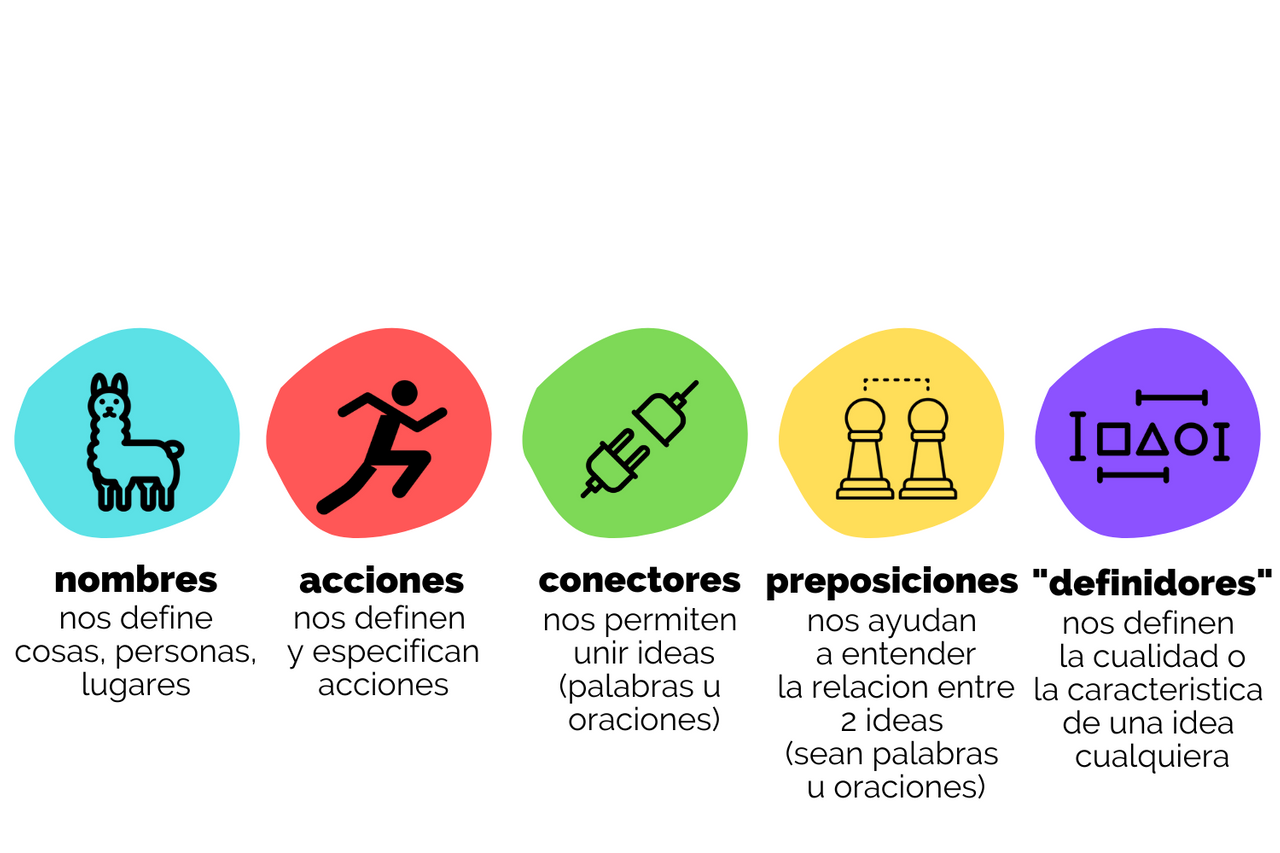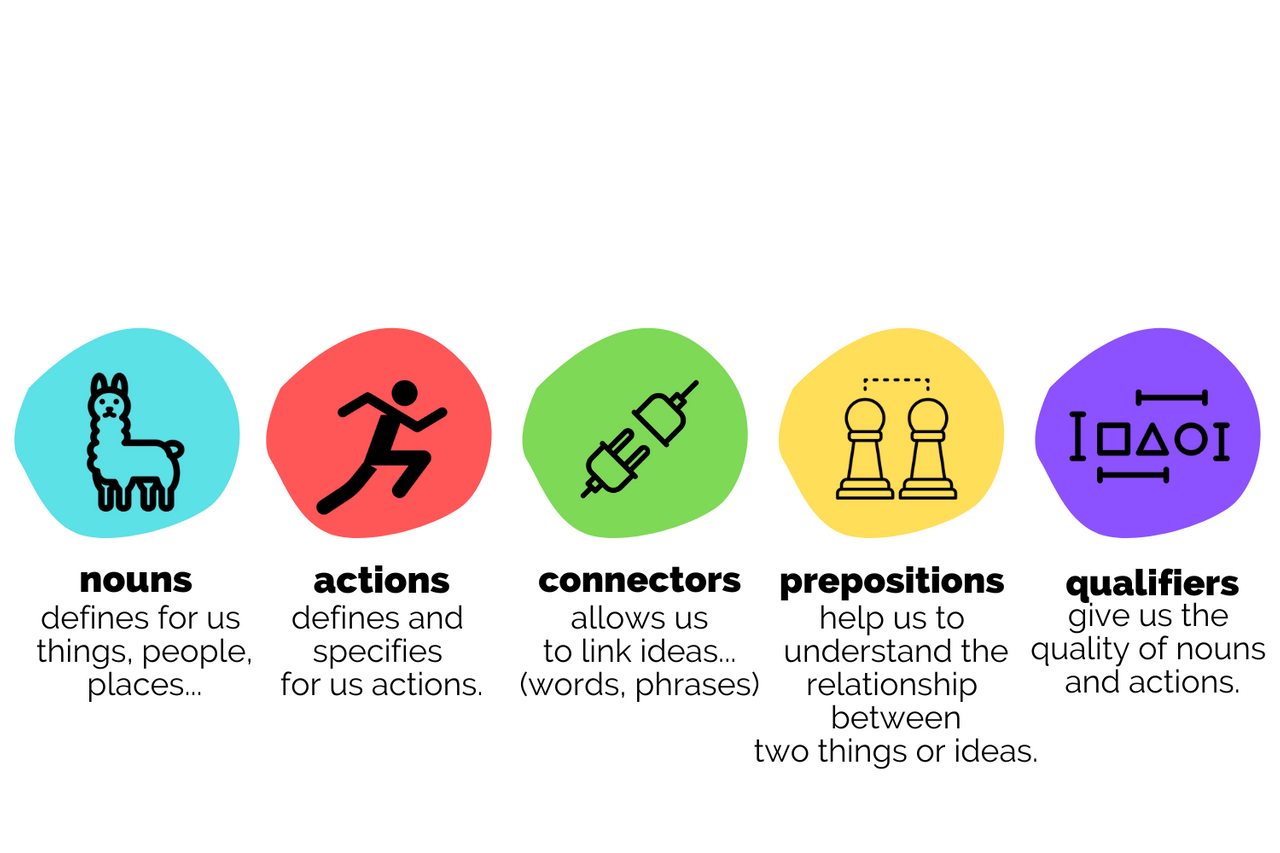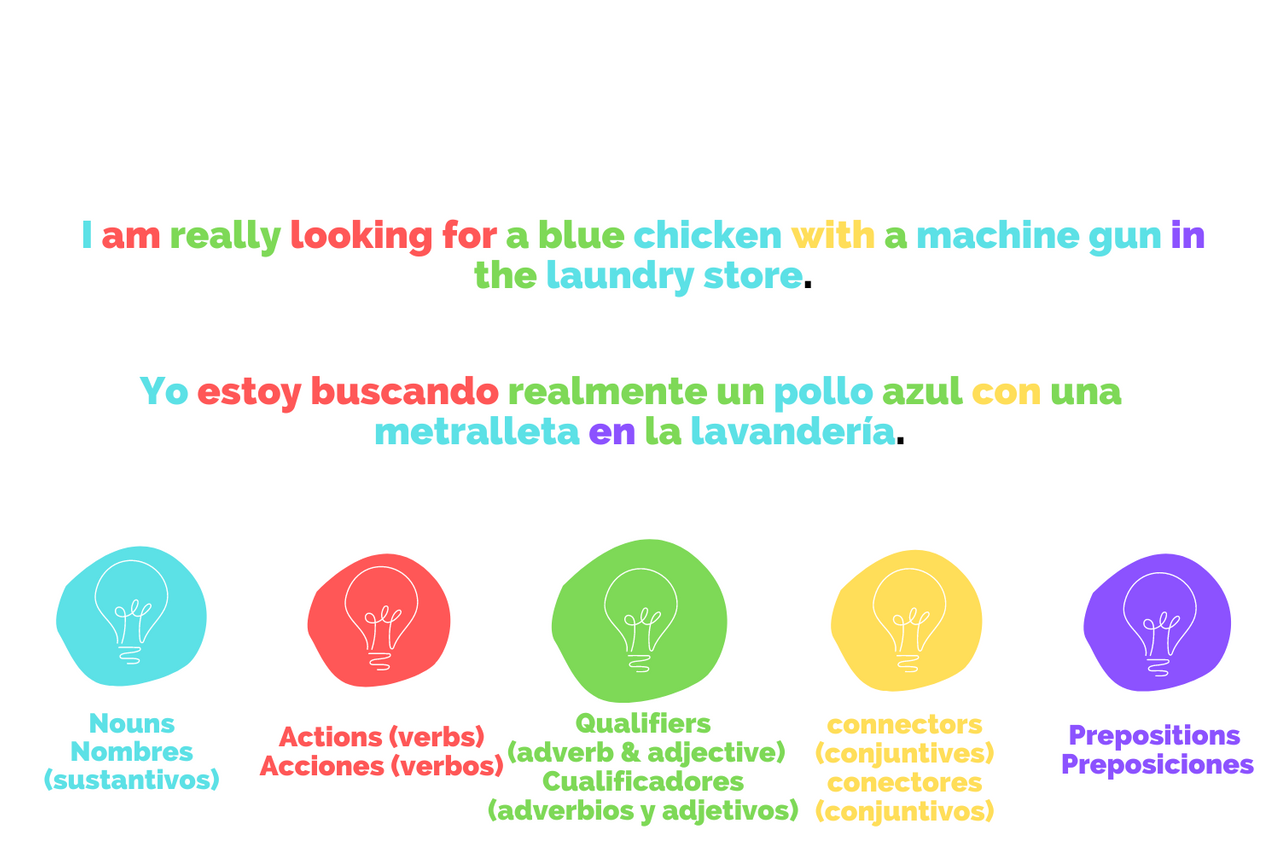Imagen por ©Sigmund/Unsplash
Image by ©Sigmund/Unsplash
Comencemos
Hace tiempo que estoy trabajando en una guía para facilitar el aprendizaje de idiomas, independientemente del idioma que quieras aprender.
Puedo cometer algunos errores en estos capitulos (siendo este el primer capitulo), espero sus consejos y experiencia, haciendo una mejor guia para todos los hivers que quieren estudiar un nuevo idioma en sus vidas. Disfruten el capitulo y feliz navidad!!!<3
Starting this
About a long time, I've working on a guide to make easier our language learning, no matter which language do you want to learn.
I can make some mistakes in these chapters (this being the first chapter), I wait for your advice and experience, making a better guide for all the hivers that want to study a new language in their lives. Enjoy the chapter and merry christmas<3!!!
¿Porqué necesitas una mentalidad para aprender?
A la hora de aprender algo nuevo, todo dependerá de cómo vemos las cosas.
Por ejemplo: cuando los dibujantes, antes de hacer detalles, hacen formas geométricas que compongan el dibujo, dándole forma y una base a toda la composición. Ósea: en vez de dibujar por afuera, dibujan de adentro hacia afuera, una forma de verlo más útil.
Cuando aprendes a tocar un instrumento armónico, se hace molesto memorizar o entender los acordes por si solos. Pero al ver los acordes mayores como alegres y los menores como tristes, y una armonía es como si contara una historia con ellas, se hace más fácil memorizarlo.
Aprender con la forma de ver correcta, te hace más fácil y cómodo el proceso de aprendizaje… Esto se aplica a todo, incluyendo los idiomas.
Entrando en materia.
Siendo el idioma una forma de poder comunicar y expresar nuestros pensamientos a otras personas, la diferencia entre como hablamos y como hablan otras culturas y por ello, como funciona su lenguaje (nuestro objetivo a vencer aprendiéndolo), es como vieron las cosas de distinta forma.
Si entiendes la idea de lo que quieren decir, se te hará mucho más fácil aprender vocabulario, pronunciación y más… (Que de estos hablaremos en un rato) Porque parten de como ellos ven el mundo y te dará sentido la conexión entre palabras.
Empecemos por lo más común y usado (que de hecho, compone buena parte del idioma que veremos: Inglés). Sea Español, Inglés, o cualquier otra lengua (la gran mayoría)… se compone de ideas o pensamientos, los podemos usar en forma de sonidos (al hablar o escuchar) o símbolos (sea con palabras o ideogramas) y juntando varias ideas podemos expresar algún pensamiento. En el momento que veas la palabra “piedra”, te imaginarás una piedra. En el momento que te diga la palabra correr, pues imaginarás esa acción.
De esa forma, ahora lo podrás ver como algo más de “entender que quieren decir” y no te confundirás o te dejarás intimidar por cómo suena o se ve, sino que lo “difícil” será intentar pensar de la forma en que ellos ordenan esas palabras.
Consejo.
Recuerda cada idioma posee una cultura detrás, y cada cultura tiene una distinta forma de ver las cosas. Por ejemplo, los hispanohablantes decimos que tenemos años, como si los poseyéramos, pero para un angloparlante, no lo ven así: ven cuantos años envejeciste (i am 22 years old = yo soy/estoy 22 años viejo). debes abrir tu mente y no verlo a través de tu lengua nativa.… Pero hay ciertas cosas que casi todo idioma tiene y se te hará más fácil. Recuerda, debes abrir tu mente y acostumbrarte a otra forma de ver las cosas.
Pero es clara la diferencia entre la idea o palabra “fresa” comparado a la palabra “yo”… Hay diversas formas de esas ideas, siendo 5 de ellas las más usadas: La gran mayoría de palabras (por no decir casi todas en un idioma específico) cumple cada una un propósito específico: otros declaran de qué forma será presente esa acción y etc..
Estas piezas básicas forman el habla, de hecho, así se llaman en inglés (Parts of speech)
Why do we need a learning mindset?
When we are learning something new, everything will depend on how we see things.
For example: when draftsmen, before making details, they make geometric shapes that compose the drawing, giving shape and a base to the whole composition. I mean: instead of drawing from the outside, they draw from the inside out, a more useful way of seeing it.
When you learn to play a harmonic instrument, it becomes annoying to memorize or understand the chords by themselves. But by seeing major chords as happy and minor chords as sad, and a harmony is like telling a story with them, it becomes easier to memorize.
Learning with the right way of seeing, makes you easier and more comfortable in the learning process... This applies to everything, including languages.
The mindset in language learning.
Language being a way of being able to communicate and express our thoughts to other people, the difference between how we speak and how other cultures speak and therefore, their languages works (our goal to overcome by learning it), is how they saw things, their mindset.
If you understand the idea of what they mean, it will be much easier to learn vocabulary, pronunciation and more... (which we will talk about in a bit) because they start from how they see the world and you will make sense of the connection between words.
Let's start with the most common and used (which in fact, makes up a good part of the language we will see: English). Whether it is Spanish, English, or any other language (the vast majority)... it is made up of ideas or thoughts, we can use them in the form of sounds (when speaking or listening) or symbols (either with words or ideograms) and by putting together several ideas we can express a thought. The moment you see the word "stone", you will imagine a stone. The moment I say the word "run", you will imagine that action.
That way, now you can see it as more of an "understanding of what they mean" and you won't be confused or intimidated by how it sounds or looks, but the "hard" part will be trying to think the way they order those words.
A tip.
Remember: Every language has a culture behind it, and every culture has a different way of looking at things. For example, Spanish speakers say that they have years when they talk about their age, as if they possess them, but for an English speaker, we don't see it that way: we see how old we are (I am 22 years old = Yo soy/estoy 22 años viejo). You just need to open your mind and not see it through your native language... But there are certain things that almost every language has and it will be very easy for you, since we also have them.
it is clear the difference between the word-idea “strawberry" compared to the word-idea "I"... There are several forms of those ideas, being 5 of them the most used: The great majority of words (not to say almost all in a specific language) fulfill each one a specific purpose: others declare in what form that action will be present and so on.
Estas piezas básicas forman el habla, de hecho, así se llaman en inglés (Parts of speech)Diagrams made by me <3 in Canva
Un ejemplo de esto en nuestros dos lenguajes <3
An example of this in our two languages<3
Esto sería una parte de estos fundamentos… En las clases de idiomas muchas veces se evitan, por pensarse muy complejos para las personas. Pero creo que son las cosas más fundamentales, permitiéndonos ver nuestro aprendizaje con más claridad y más utilidad.
Nos vemos en otras partes hivers <3
This would be a part of these basics.... In language classes they are often avoided, because they are thought to be too complex for people. But I think they are the most fundamental things, which allow us to see our learning more clearly and more useful.
I see you in another part hiver, byee <3
a cup of coffee while working on the post<3
Una taza de cafe mientras hago el post<3





